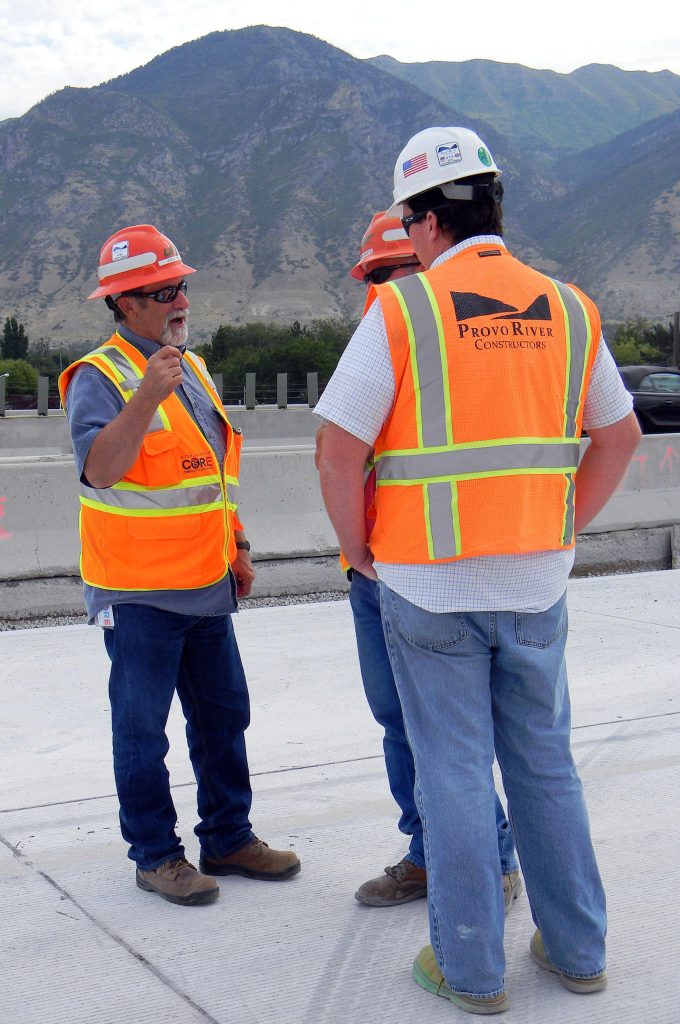ENGINEERING SPECIALTIES AT UDOT
October 4, 2011

UDOT Engineers from many different areas of expertise work together at improve our transportation system.
Most engineers at UDOT are civil engineers. Civil engineering is a designation for professionals who design, build and maintain structures in the natural and built environment.
Some common activities of all engineers include preparing reports and cost estimates, writing specifications and collaborating with engineers of other specialties. Within civil engineering, there are many specialties. At UDOT, most engineers fall into these categories:
Construction: Build and maintain roads and associated structures. Manage a team of engineers and technicians to inspect the work of contractors, monitor progress and pay bills.
Design: Design new roads or improvements to existing roads. Road features can include barrier types, curb, gutter, sidewalk, striping and sign layout, Coordinate with other design engineers for bridges, drainage systems, etc.
Geo-technical: Analyze and evaluate the natural environment to provide systems that support built structures associated with the transportation system. Design footings and foundations for bridges, design landslide mitigation, determine processes to prevent or mitigate settlement of roadway embankment or structures such as mechanically stabilized walls, retaining walls, bridges etc.
Hydraulics: Determine bridge length and geometry over rivers by analyzing the stream flows and taking into account potential events like storms; design roadway drainage systems.
Materials: Analyze and test materials, mainly concrete and asphalt used to build road surfaces, and determine the strength properties and insure to insure durability.
Project: Manage project budget, schedule and scope from design through construction.
Structural: Design, modify and maintain roadway structures such as bridges, box culverts and retaining walls. Perform inspections of bridges and propose projects to improve stability or to fix structures to meet new demands, such as increased traffic.
Traffic: Analyze traffic movement using computer simulations to see how freeways and intersections function under different conditions such as changing traffic volume, road width or signal time. Determine the timing of new signals and make changes and improvements to existing signal timing to improve safety or mobility.
